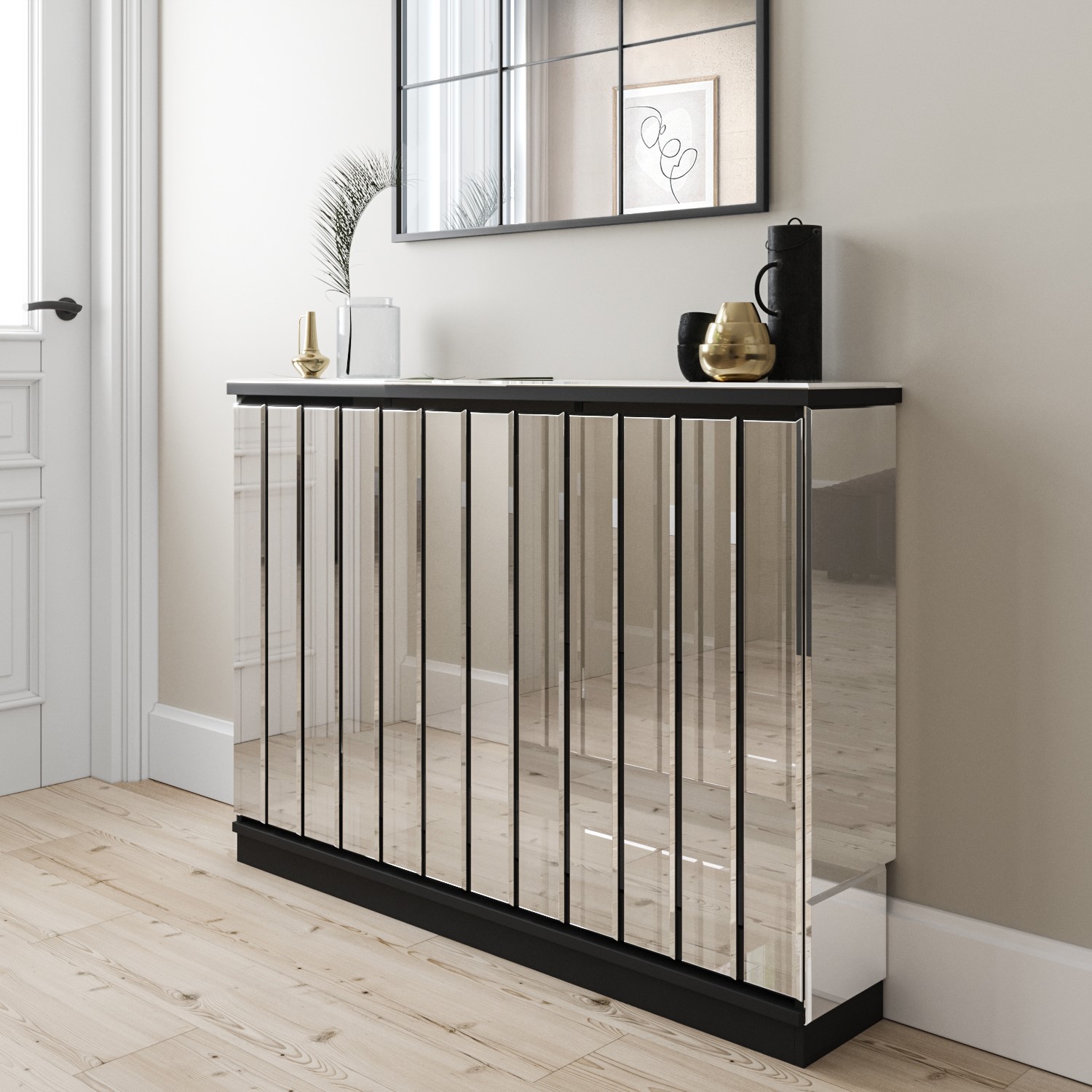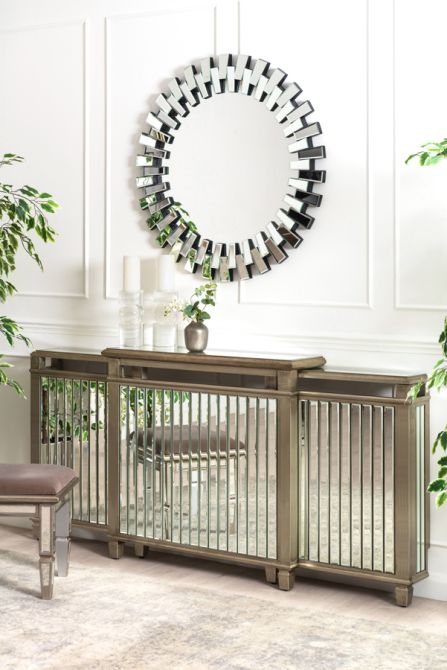Selecting the Perfect Radiator Cover: A Comprehensive Guide
Selecting the Perfect Radiator Cover: A Comprehensive Guide
Blog Article
Radiator Covers: Comprehending Materials, Designs, and Advantages
Radiator covers offer both visual and useful purposes within a home, using a range of materials such as wood, metal, and MDF to match various style preferences. Selecting the appropriate radiator cover involves comprehending the subtleties of materials, styles, and their linked benefits.
Sorts Of Products


Wood covers, typically crafted from woods such as oak or maple, offer a traditional, cozy appearance that matches typical interiors. Their toughness and ability to be discolored or repainted add to their flexibility. Steel covers, commonly made from steel or aluminum, are favored for their toughness and modern-day look, frequently including streamlined lines that boost contemporary spaces.
MDF, a produced timber item, is preferred for its cost-effectiveness and ease of personalization. It can be repainted or ended up to match existing style while offering a smooth surface. Plastic covers, while less typical, are lightweight and immune to dampness, making them ideal for moist settings.
Ultimately, the choice of material for a radiator cover ought to line up with the house owner's design choices, practical demands, and the certain atmosphere where the cover will certainly be set up. Each product uses an unique character, making sure that there is a choice to fit every taste and setting.
Popular Design Styles
Stressing visual charm, prominent style styles for radiator covers reflect a range of tastes and interior decoration patterns. Standard styles typically feature intricate woodwork and luxuriant describing, making them appropriate for traditional or vintage-inspired insides. These covers commonly include carved elements, offering a cozy and inviting feeling to any kind of space.
On the other hand, contemporary layouts focus on minimalist visual appeals, characterized by tidy lines and downplayed elegance. Products such as steel or sleek timber with a smooth surface are typically used, permitting these covers to mix perfectly into contemporary spaces. Industrial designs, on the other hand, welcome basic materials like exposed steel and concrete, adding a vibrant statement to loft space or urban setups.
For those seeking a special touch, bespoke designs use customization choices that provide to individual preferences, making it possible for property owners to pick colors, patterns, and materials that enhance their design. Additionally, farmhouse-style covers integrate rustic elements, including troubled wood and basic forms that evoke a relaxing, nation charm.
Benefits of Radiator Covers
Radiator covers not just boost the aesthetic charm of an area yet also use numerous sensible benefits that make them a beneficial enhancement to any kind of home. One of the main advantages is security, specifically in families with pets or kids. Covers reduce the threat of burns from warm radiator surface areas, ensuring a safer environment.
Furthermore, radiator covers can enhance energy effectiveness. By guiding Click Here warm right into the space as opposed to enabling it to get away, they assist preserve a constant temperature, minimizing heating expenses in time. This is particularly useful in older homes where radiator systems may be less efficient.
Another notable advantage is sound decrease. Radiators can often create unwanted sounds throughout procedure, and covers can assist stifle these noises, adding to an extra relaxed space. Radiator covers can be practical, offering additional storage space or screen space, therefore making best use of the energy of often-overlooked areas.
Last but not least, they can secure radiators from dust and particles, which can impede efficiency and rise maintenance demands. With these integrated benefits, radiator covers arise as a functional solution for boosting both the performance and design of any type of his response home setting.
Setup Considerations
Setting up radiator covers requires cautious consideration to make sure both functionality and safety and security (Radiator cover). Assess the measurements of your radiator and the surrounding room to make sure a proper fit. Precise dimensions are essential; an uncomfortable cover can obstruct warm circulation or create security threats
Next, examine the product of the cover. While wood uses visual appeal, metal alternatives may offer far better resilience and warm resistance. Take into consideration the weight of the cover as well; much heavier covers might call for additional support or supports to stay clear of drooping or damage in time.
Air flow is an additional critical element. Covers have to include adequate air flow to stop getting too hot and keep efficient heating. Search for styles with slats or openings that enable warmth to flow without blockage.
Additionally, make certain that the cover is firmly mounted to prevent accidents, particularly in homes with kids or family pets. Radiator cover. It's suggested to adhere to the supplier's installment standards very closely and, if essential, get in touch with a specialist for intricate installments
Upkeep and Treatment Tips
Correct upkeep of radiator covers is essential for ensuring their longevity and optimum efficiency. For repainted or timber covers, take into consideration an appropriate polish or safety finishing to maintain their look.
Check the covers periodically for indicators of wear or damage, such as cracks or peeling off paint. Dealing with these concerns immediately can avoid more degeneration. Ensure that the covers are firmly fastened and look for any type of loosened screws or fittings, as resonances from the radiator can loosen them in time.
In cooler months, avoid positioning heavy items or decorative products in addition to the radiator covers, as this can hinder warmth distribution and create unnecessary anxiety to the framework. Consider seasonal maintenance by getting rid of the covers for comprehensive cleansing and examination during warmer months when the heating system is non-active. Taking on these simple care pointers will certainly enhance the performance and visual allure of your radiator covers, guaranteeing they serve their purpose successfully for several years to come.

Verdict
In summary, radiator covers work as visual and functional improvements to domestic rooms. The diverse variety of materials, consisting of hardwoods, plastic, steel, and mdf, enables placement with different layout styles such as standard, modern, industrial, and farmhouse. The advantages of these covers extend past safety and security and energy performance to include added storage and dust defense. Careful factor to consider of installment and maintenance additional ensures the durability and performance of radiator covers in any home atmosphere.
Radiator covers serve both functional and visual purposes within a home, providing a variety of products such as metal, mdf, and wood to suit different style choices. Picking the appropriate radiator cover involves understanding the nuances of materials, designs, and their connected benefits.Highlighting visual charm, prominent style styles for radiator covers mirror an array of preferences and indoor layout fads.Radiator covers not just improve the visual charm of a space however likewise use numerous sensible advantages that make them a beneficial enhancement to any type of home. Think about the weight of the cover as well; much heavier covers may need extra visit homepage support or reinforcements to stay clear of drooping or damages over time.
Report this page